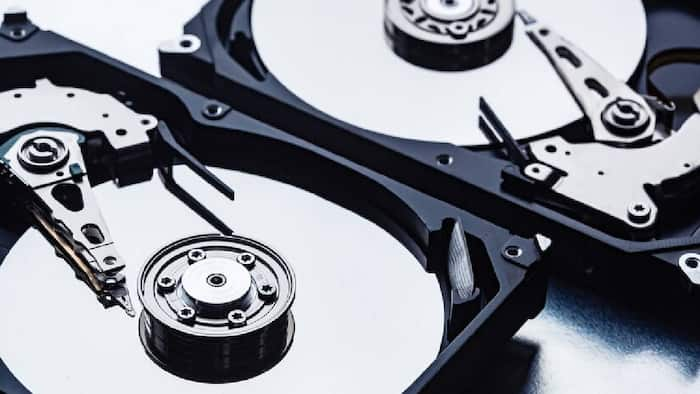
Written By Om Gupta
Published By: Om Gupta | Published: Dec 11, 2023, 09:04 AM (IST)

A partition is a section of your hard drive that acts as a separate storage unit. Partitioning your drive can help you organize your files, optimize your disk space, and improve your system performance. If you want to create a new partition on your Windows PC, here is a step-by-step guide on how to create a drive partition on your Windows PC. Also Read: Windows 10 And Windows 11 Hit By High-Severity Security Flaw: CERT-In Issues Warning
Step 1: Start the process Also Read: Microsoft Blocks Largest-Ever Cloud DDoS Attack Aimed At Australian Website: Here’s What Happened
Navigate to the Windows control panel, select System and Security, and then under Windows Tools, choose Create and format hard disk partitions. Also Read: Microsoft Users At High Risk: Indian Govt Recommends Updating Your Devices Now
Step 2: Check your current disk management
This will display all your current disk partitions. Determine which drive you want to partition.
Step 3: Set up your virtual hard disk (VHD)
Select Action from the top toolbar and then click Create VHD. This will open the Create and Attach Virtual Hard Disk window.
Step 4: Specify your VHD details
You’ll need to provide the location where your VHD will be stored, the hard disk size you require, the Virtual Hard Disk Format (VHD or VHDX), and the Virtual Hard Disk Type (Fixed Size or Dynamically Expanding).
Step 5: Verify the Appearance of Your New VHD
At this stage, the disk will likely be marked as ‘Not initialized.’
Step 6: Initialize Your VHD
Right-click on your new VHD’s name and choose ‘Initialize disk.’
You can choose between two partition styles: MBR (Master Boot Record) or GPT (GUID Partition Table). GPT is becoming the standard for modern systems and MBR might be more suitable if you’re working with an older system. Make your selection and click ‘OK.’
Step 7: Partition and Format Your VHD
Right-click on the unallocated space and select ‘New Simple Volume.’ This action will launch the Wizard. Click ‘Next’ to proceed.
Step 8: Determine Volume Size
You can opt to use all the available unallocated space or a portion of it. Once you’ve done this, click ‘Next.’
Step 9: Assign a Drive Letter or Path
When you’re ready, click ‘Next.’
Step 8: Format Partition
The final option in the Wizard is ‘Format Partition.’ You also have the option to select ‘Perform a quick format’ and ‘Enable file and folder compression.’ When you’re ready, select ‘Next.’ If you’re satisfied, select ‘Finish.’
You’ve now completed all the necessary steps to create a drive partition in Windows. Check the Disk Management window to ensure the new partition you created is visible.